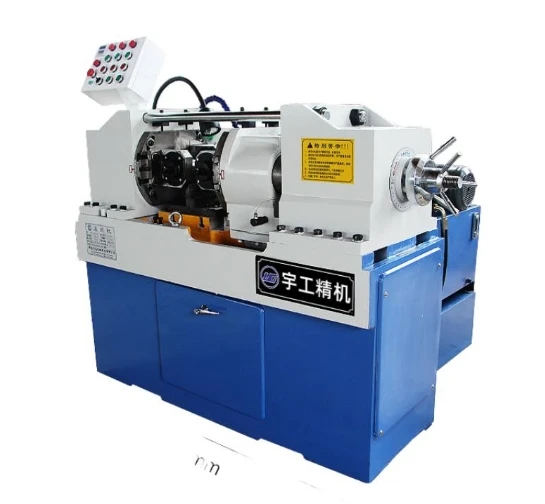
-
 Afrikaans
Afrikaans -
 Albanian
Albanian -
 Amharic
Amharic -
 Arabic
Arabic -
 Armenian
Armenian -
 Azerbaijani
Azerbaijani -
 Basque
Basque -
 Belarusian
Belarusian -
 Bengali
Bengali -
 Bosnian
Bosnian -
 Bulgarian
Bulgarian -
 Catalan
Catalan -
 Cebuano
Cebuano -
 Corsican
Corsican -
 Croatian
Croatian -
 Czech
Czech -
 Danish
Danish -
 Dutch
Dutch -
 English
English -
 Esperanto
Esperanto -
 Estonian
Estonian -
 Finnish
Finnish -
 French
French -
 Frisian
Frisian -
 Galician
Galician -
 Georgian
Georgian -
 German
German -
 Greek
Greek -
 Gujarati
Gujarati -
 Haitian Creole
Haitian Creole -
 hausa
hausa -
 hawaiian
hawaiian -
 Hebrew
Hebrew -
 Hindi
Hindi -
 Miao
Miao -
 Hungarian
Hungarian -
 Icelandic
Icelandic -
 igbo
igbo -
 Indonesian
Indonesian -
 irish
irish -
 Italian
Italian -
 Japanese
Japanese -
 Javanese
Javanese -
 Kannada
Kannada -
 kazakh
kazakh -
 Khmer
Khmer -
 Rwandese
Rwandese -
 Korean
Korean -
 Kurdish
Kurdish -
 Kyrgyz
Kyrgyz -
 Lao
Lao -
 Latin
Latin -
 Latvian
Latvian -
 Lithuanian
Lithuanian -
 Luxembourgish
Luxembourgish -
 Macedonian
Macedonian -
 Malgashi
Malgashi -
 Malay
Malay -
 Malayalam
Malayalam -
 Maltese
Maltese -
 Maori
Maori -
 Marathi
Marathi -
 Mongolian
Mongolian -
 Myanmar
Myanmar -
 Nepali
Nepali -
 Norwegian
Norwegian -
 Norwegian
Norwegian -
 Occitan
Occitan -
 Pashto
Pashto -
 Persian
Persian -
 Polish
Polish -
 Portuguese
Portuguese -
 Punjabi
Punjabi -
 Romanian
Romanian -
 Russian
Russian -
 Samoan
Samoan -
 Scottish Gaelic
Scottish Gaelic -
 Serbian
Serbian -
 Sesotho
Sesotho -
 Shona
Shona -
 Sindhi
Sindhi -
 Sinhala
Sinhala -
 Slovak
Slovak -
 Slovenian
Slovenian -
 Somali
Somali -
 Spanish
Spanish -
 Sundanese
Sundanese -
 Swahili
Swahili -
 Swedish
Swedish -
 Tagalog
Tagalog -
 Tajik
Tajik -
 Tamil
Tamil -
 Tatar
Tatar -
 Telugu
Telugu -
 Thai
Thai -
 Turkish
Turkish -
 Turkmen
Turkmen -
 Ukrainian
Ukrainian -
 Urdu
Urdu -
 Uighur
Uighur -
 Uzbek
Uzbek -
 Vietnamese
Vietnamese -
 Welsh
Welsh -
 Bantu
Bantu -
 Yiddish
Yiddish -
 Yoruba
Yoruba -
 Zulu
Zulu
Versatile Flat Die Thread Rolling Machine for Precision Fastening Solutions
The Importance of Flat Die Thread Rolling Machines in Modern Manufacturing
In the world of manufacturing, precision and efficiency are paramount. As industries strive to produce high-quality components at a lower cost, advanced machinery has become a key player in meeting these challenges. Among such innovations, the flat die thread rolling machine stands out as an essential tool for producing threads with exceptional accuracy and speed.
What is a Flat Die Thread Rolling Machine?
A flat die thread rolling machine is specialized equipment used for creating threads on cylindrical components. Unlike traditional cutting methods, which remove material to form threads, thread rolling is a cold-forming process that displaces material to create the desired shape. This method results in threads that are stronger and have a finer finish.
Advantages of Thread Rolling
One of the primary advantages of using a flat die thread rolling machine is the enhanced strength of the rolled threads. Since thread rolling involves cold working, it increases the material's grain structure, resulting in improved tensile strength. This is particularly important in applications that require high durability and resistance to stress, such as in the automotive and aerospace industries.
Furthermore, the rolling process generates no chips or waste material, making it an environmentally friendly option. The reduction in waste not only lowers production costs but also minimizes the environmental impact of manufacturing processes. Additionally, the absence of cutting tools means reduced tooling costs and longer machine life, contributing further to overall efficiency.
Precision and Versatility
flat die thread rolling machine product

Flat die thread rolling machines are renowned for their precision. They can produce high-quality threads with tight tolerances, ensuring that components fit together seamlessly. This precision is vital in applications where safety and performance are non-negotiable, such as in construction and machinery.
Moreover, these machines are versatile. They can accommodate a variety of materials, including steel, aluminum, and plastic, making them suitable for different industries. Operators can easily adjust parameters to produce various thread profiles and sizes, which further adds to their flexibility in manufacturing.
Automation and Technological Advancements
As the manufacturing sector evolves, so does the technology behind thread rolling machines. Many modern flat die thread rolling machines are now equipped with advanced automation features, such as programmable logic controllers (PLCs) and computer numerical control (CNC) systems. These innovations allow for greater control over the manufacturing process, enabling manufacturers to achieve consistent quality and reduce the chances of human error.
Automation also enhances productivity. With the ability to run multiple machines simultaneously and requiring less manual intervention, manufacturers can increase output while reducing labor costs. The integration of sensors and real-time monitoring systems further enables predictive maintenance, ensuring that machines operate efficiently and reducing downtime.
Conclusion
In summary, the flat die thread rolling machine is an invaluable asset in modern manufacturing. Its ability to produce strong, precise threads with minimal waste makes it a preferred choice across many industries. As technology continues to evolve, these machines will likely become even more efficient, versatile, and user-friendly. For manufacturers looking to enhance their production capabilities, investing in flat die thread rolling machines could be a strategic move toward achieving higher standards of quality and efficiency.
Through understanding the benefits and functionalities of these machines, businesses can remain competitive in a fast-paced market, ensuring they deliver exceptional products to meet the demands of their customers. Whether in automotive, aerospace, or any other sector requiring high-quality threaded components, flat die thread rolling machines are set to play a critical role in the future of manufacturing.
